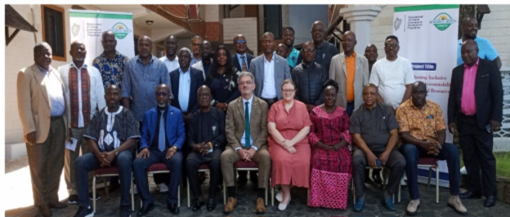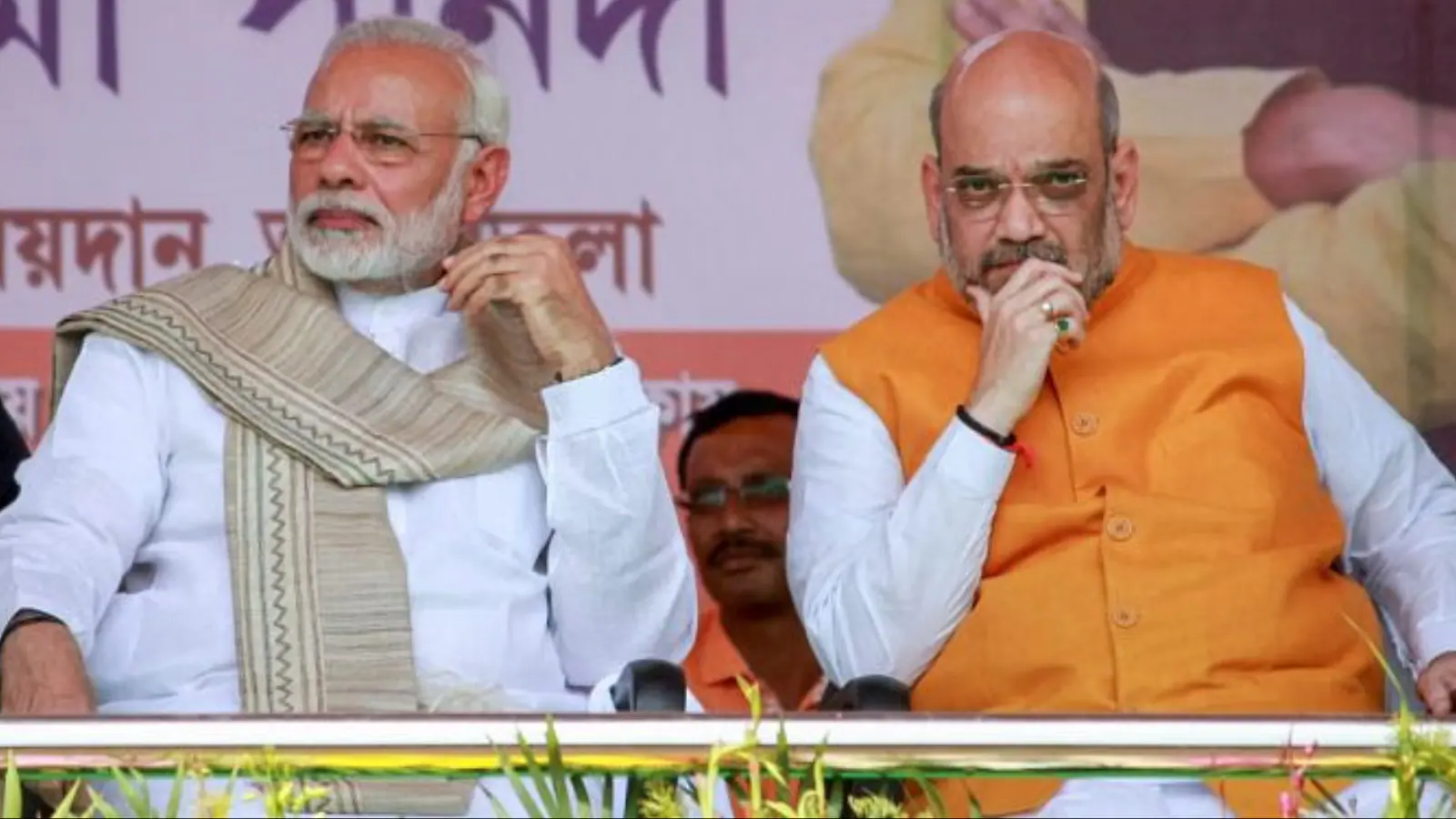Copyright Benzinga

The world's largest mining project, the Simandou project in Guinea, officially launched on November 11. The event was a historic milestone for the industry, as the $23 billion mine took nearly three decades from discovery to production. The mine is a joint operation between Rio Tinto (NYSE:RIO), Winning Consortium Simandou, China Baowu, Chinalco, and the Government of Guinea. Project Scope and Global Iron Ore Impact At full capacity, Simandou is expected to produce up to 120 million tons of iron ore annually, accounting for nearly 7% of the world's seaborne iron trade. With an average iron content of approximately 65%, the mine's output will be among the highest-grade globally. "This outstanding achievement has been made possible through the dedicated hard work of thousands of our colleagues," said Simon Trott, Chief Executive of Rio Tinto. "We are unlocking an exceptional new source of high-grade iron ore that is in demand from customers for low-carbon steel making, enhancing our world-class portfolio of iron ore mines in the Pilbara and Canada." Challenging Australia's Iron Ore Dominance The project, nicknamed "Pilbara killer," has the potential to challenge Australia's dominance in global iron ore markets. It includes a 600-kilometer trans-Guinean railway, connecting the mine to the newly built deepwater port at Morebeya on the Atlantic Coast. A joint venture, the Compagnie du TransGuinéen, will handle the transport corridor, supporting both mining operations and broader economic activity. Simandou Project to Quadruple Guinea's GDP For Guinea, a nation of around 15 million people, Simandou represents a national transformation. The government expects the project to quadruple GDP by 2040, sparking more than $200 billion in investments across infrastructure, education, and energy. "Simandou is more than a mining project: it is the driving force behind a national transformation," Djiba Diakité, Chairman of the Simandou 2040 Strategic Committee, said. "This collective success reflects the vision of the Head of State and the determination of an entire nation to build a future of shared prosperity," he added. President Mamadi Doumbouya, who seized power in 2021, has staked his political legacy on the mine's completion, branding it as the centerpiece of the country's Simandou 2040 plan. A Win For China And The Green Transition Originally, Rio Tinto held a 100% stake in the project. Yet, economic and political reality has dwindled it to 25%, and now China stands to benefit the most. With China Baowu and Chinalco as major investors, Beijing now secures a direct supply of premium iron ore. By reducing its dependence on Australia and Brazil, China will also gain influence over global pricing. Growing control could eventually push prices lower, below $80 per metric ton. That scenario would be beneficial for steel producers, but less so for investors seeking to recover massive mine development costs. Even so, the mine's exceptional grade makes it a cornerstone of the global green steel transition. Its high purity allows for more energy-efficient and lower-emission production, aligning with global decarbonization goals. Read Next: JP Morgan Expects Gold Above $5,200, Industry Risks Could Push It Higher Photo via Shutterstock



